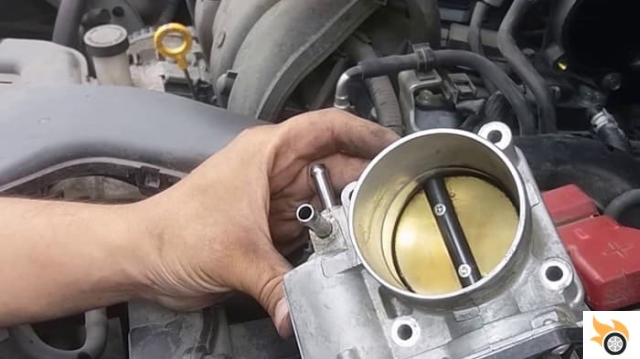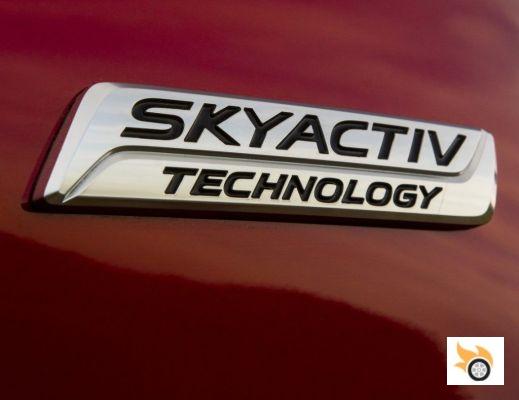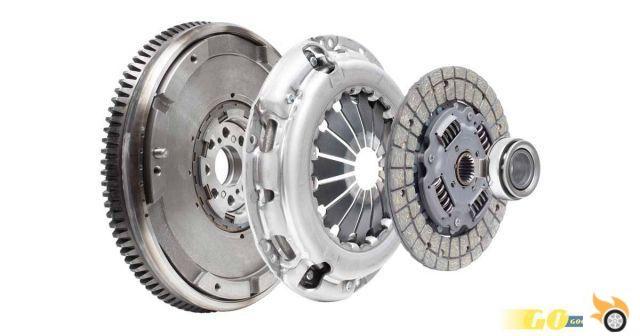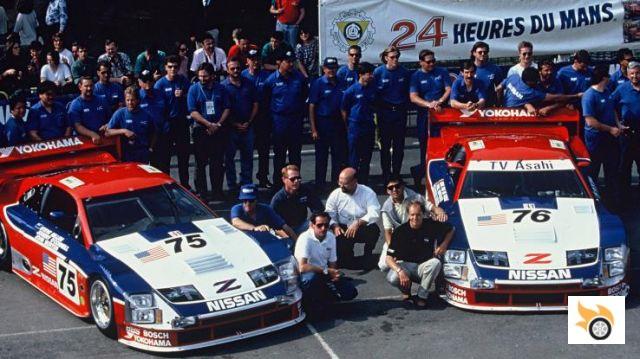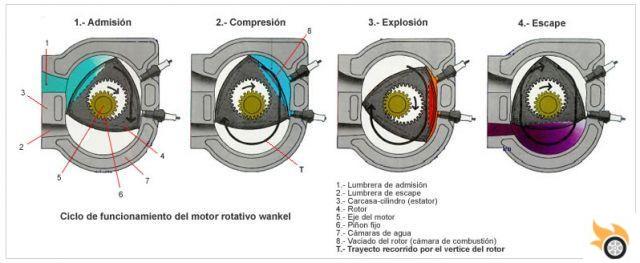 Wankel or rotary engine: operation, history and secrets | Pistonudos.com
Wankel or rotary engine: operation, history and secrets | Pistonudos.com
Introduction
Welcome to Pistonudos.com, where we are passionate about the engine world and we are here to answer all your questions about the Wankel or rotary engine. In this article, we will provide you with detailed information about its operation, history, composition, and secrets. In addition, we will also talk about the Mazda brand and its relationship with these revolutionary engines.
What is the Wankel or rotary engine?
The Wankel engine, also known as a rotary engine, is a type of internal combustion engine that uses a unique triangular rotor-shaped design to convert the chemical energy of fuel into mechanical energy. Unlike conventional piston engines, the Wankel engine does not use cylinders and pistons, making it more compact and lightweight.
Wankel engine operation
The operation of the Wankel engine is based on a four-stroke cycle: intake, compression, explosion and exhaust. As the rotor rotates within a fixed housing, side seals seal the combustion chambers, allowing air and fuel to enter the combustion chamber during intake stroke. The rotor then compresses the air-fuel mixture before it is ignited by a spark plug, creating the explosion that drives the rotor and produces mechanical energy.
Historia del motor Wankel
The Wankel engine was invented by German engineer Felix Wankel in the 1950s. Its revolutionary design caught the attention of the auto industry and was used in various car models, including the iconic Mazda RX-7 and RX-8. Although the Wankel engine has faced challenges in terms of efficiency and emissions, its compact design and smooth operation make it an attractive option for certain applications.
Composition of the Wankel engine
The Wankel engine is made up of three main parts: the rotor, the casing, and the sealing system. The rotor is the central component of the engine and is responsible for converting the energy of combustion into rotary motion. The casing, on the other hand, provides the necessary space for the rotor to rotate and contains the combustion chambers. Finally, the sealing system guarantees that there are no gas leaks during engine operation.
Secretos del motor Wankel
Over the years, the Wankel engine has been the subject of curiosity and fascination due to its unique design and smooth operation. However, it has also been the subject of debate due to its fuel consumption and emissions. Despite its challenges, Wankel engine enthusiasts continue to explore ways to improve its efficiency and reduce its environmental impact.
The Mazda brand and rotary engines
Mazda is a Japanese automotive brand known for its commitment to innovation and technology. For decades, Mazda has pioneered the use of rotary engines in its vehicles, especially the RX-7 and RX-8 models. These vehicles have gained recognition for their sporty performance and distinctive engine sound. Although Mazda has discontinued production of rotary-powered vehicles at present, Mazda continues to research and develop new technologies to improve the efficiency and performance of these engines.
Frequently Asked Questions (FAQs)
1. What are the advantages of the Wankel engine?
The Wankel engine offers several advantages compared to conventional piston engines. Being more compact and lighter, the Wankel engine allows for more efficient vehicle design and better weight distribution. In addition, its smooth operation and high revving ability make it a popular choice for sport applications.
2. What are the challenges of the Wankel engine?
Although the Wankel engine has many advantages, it also faces significant challenges. One of the main challenges is its fuel consumption and emissions, which tend to be higher compared to conventional piston engines. Additionally, sealing of combustion chambers can be tricky and may require more frequent maintenance.
Conclusion
In summary, the Wankel or rotary engine is an innovation in the world of internal combustion engines. Its unique design and smooth operation make it an attractive option for certain applications, especially in sports. Although it faces challenges in terms of efficiency and emissions, the Wankel engine continues to be the subject of interest and study by enthusiasts and auto manufacturers. At Mazda, this technology has been an integral part of its history and remains a symbol of its commitment to innovation.
We hope this article has resolved all your questions about the Wankel or rotary engine. If you have any other questions, please feel free to contact us. Until next time!




